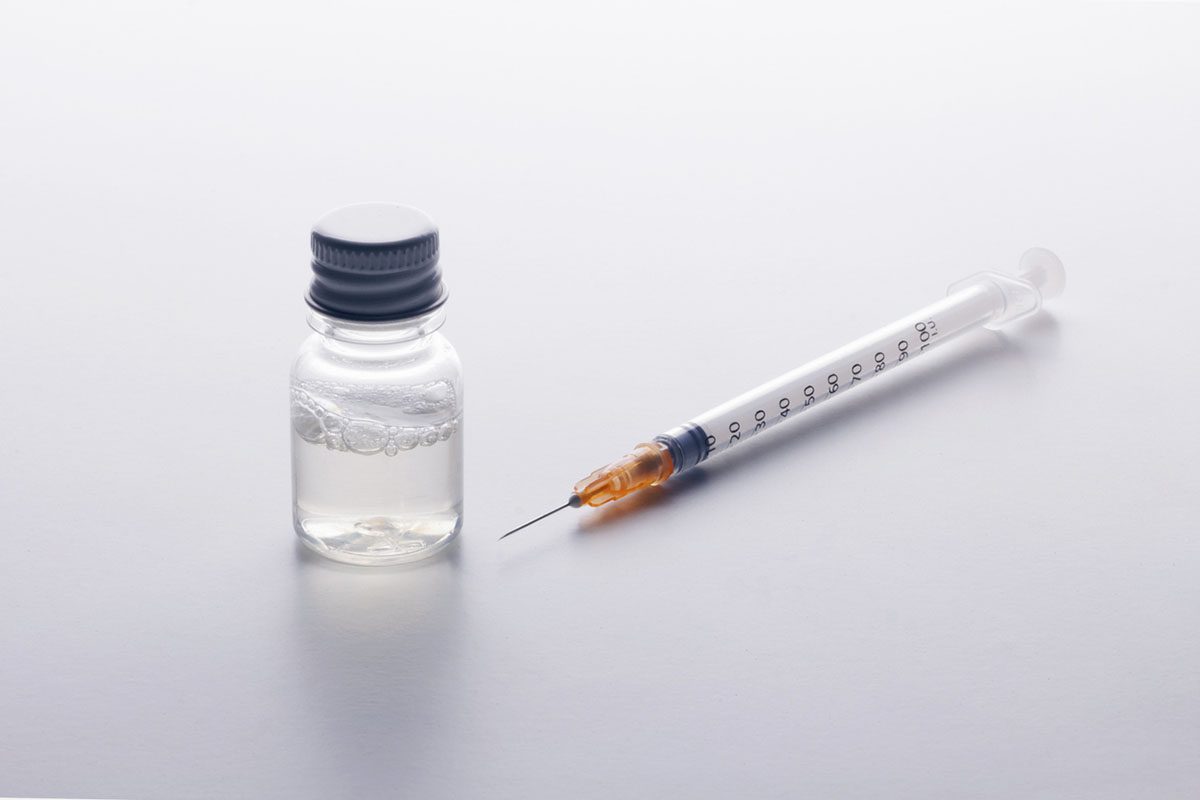Self-Harm Behaviors Among Buprenorphine-Treated Patients
To the Editor: Beyond numerous studies examining suicide attempts and completions, the examination of broader types of self-harm behavior among various clinical samples has been fairly limited (eg, eating disorders,1 gastric bypass patients2). In this regard, we are aware of no studies examining various self-harm behaviors in patients seeking buprenorphine treatment—the focus of this study.
Method. The study was conducted from October 2006 to August 2008. Participants were men and women, aged 18 years or older, who presented for admission to a subacute detoxification unit (eg, 24-hour care facility) for opioid dependence in which buprenorphine is the standardized treatment. Exclusion criteria were cognitive (eg, delirium), medical (eg, acute withdrawal), or psychiatric (eg, psychosis) impairment that would preclude the successful completion of a survey booklet; these were assessed by the recruiter (P.W.). A total of 117 consecutive candidates were approached; 112 agreed to participate, for a response rate of 95.7%.
Of the 112 respondents, 53.6% were male and 46.4% were female, ranging in age from 18 to 59 years (mean = 32.9, SD = 9.1). Most participants were white/Caucasian (92.0%); 4 participants were African American, 3 Hispanic, 1 Asian, and 1 Native American. With regard to educational attainment, 85.7% had at least graduated high school; 9.8% had earned a college degree.
All participants completed a 5-page research booklet, which took about 15 minutes. The cover page of the research booklet contained the elements of informed consent, and completion of the research booklet was assumed to be implied consent for participation. After providing demographic information (eg, age, sex, race/ethnicity, marital status, education), respondents completed the Self-Harm Inventory,3 a 22-item, yes/no, self-report measure. Each item in the inventory is preceded by the statement, “Have you ever intentionally, or on purpose,’ ¦” Individual items include, “overdosed,” “cut yourself on purpose,” “burned yourself on purpose,” and “hit yourself.” Each endorsement is in the pathologic direction. The Institutional Review Boards of the community hospital and local university approved this project.
Results. The response profile of participants is shown in Table 1. As expected, the abuse of prescription medications (87%) and alcohol (71%) was very prevalent. In addition, nearly one-third of participants acknowledged either suicide attempts or intentional overdoses. Other intentional self-defeating behaviors in which at least one-quarter of the respondents reported having engaged included sexual promiscuity, losing a job on purpose, torturing oneself with self-defeating thoughts, distancing oneself from God, head-banging, setting oneself up in a relationship to be rejected, hitting oneself, cutting oneself, and making medical situations worse.
In previous analyses of this study population, we confirmed high rates of borderline personality disorder4 and childhood trauma.5 These variables are likely to be partially mediating the notably high rates of self-harm behavior that we observed in this study population of patients in treatment with buprenorphine.
The limitations of this study include the small sample size, self-report nature of the data, and limited ability to generalize the data to other types of populations. However, this is the only study of which we are aware that has examined broad self-harm behaviors in an opioid-dependent population; findings indicate notable rates.
References
1. Sansone RA, Levitt JL. The prevalence of self-harm behavior among those with eating disorders. In: Levitt JL, Sansone RA, Cohen L, eds. Self-Harm Behavior and Eating Disorders: Dynamics, Assessment and Treatment. New York, NY: Brunner-Routledge; 2004:3-13.
2. Sansone RA, Wiederman MW, Schumacher DF, et al. The prevalence of self-harm behaviors among a sample of gastric surgery candidates. J Psychosom Res. 2008;65(5):441-444. doi:10.1016/j.jpsychores.2008.05.029 PubMed
3. Sansone RA, Wiederman MW, Sansone LA. The Self-Harm Inventory (SHI): development of a scale for identifying self-destructive behaviors and borderline personality disorder. J Clin Psychol. 1998;54(7):973-983. doi:10.1002/(SICI)1097-4679(199811)54:7<973::AID-JCLP11>3.0.CO;2-H PubMed
4. Sansone RA, Whitecar P, Wiederman MW. The prevalence of borderline personality among buprenorphine patients. Int J Psychiatry Med. 2008;38(2):217-226. doi:10.2190/PM.38.2.h PubMed
5. Sansone RA, Whitecar P, Wiederman MW. The prevalence of childhood trauma among those seeking buprenorphine treatment. J Addict Dis. 2009;28(1):64-67. doi:10.1080/10550880802545101 PubMed
Author affiliations: Departments of Psychiatry and Internal Medicine (Dr Sansone) and Department of Family Medicine (Dr Whitecar), Wright State University, School of Medicine, Dayton, Ohio; Kettering Medical Center, Kettering, Ohio (Dr Sansone); and Department of Human Relations, Columbia College, Columbia, South Carolina (Dr Wiederman).
Potential conflicts of interest: Dr Sansone has served on the speakers or advisory board for Bristol-Myers Squibb. Drs Whitecar and Wiederman report no potential conflicts of interest relevant to the subject of this letter.
Funding/support: None reported.
Published online: April 15, 2010 (doi:10.4088/PCC.09l00813ecr).
Prim Care Companion J Clin Psychiatry 2010;12(2):e1
© Copyright 2010 Physicians Postgraduate Press, Inc.






